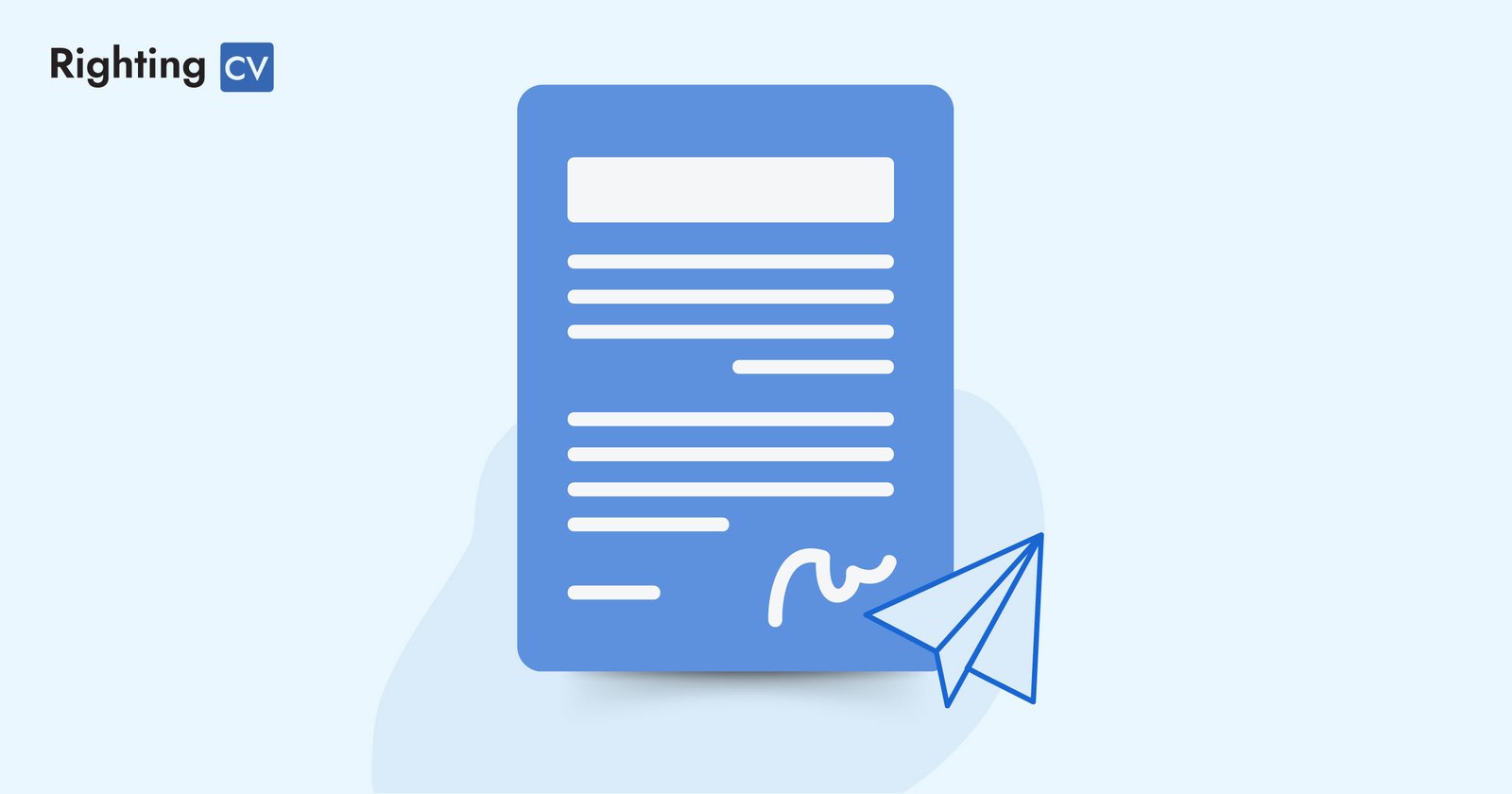Starting on a new career journey is a significant yet challenging step. You need to write a resignation letter to your current employer to inform them of your intentions within time. The letter is a part of the formal procedure. Moreover, writing a well-composed resignation letter is important for maintaining a friendly relationship with your current company and helps you leave a positive impression. Let’s explore how to write a resignation letter that is professional, respectful, and reflective of your appreciation for the opportunity.
Understanding the Purpose

A resignation letter officially informs your employer of your decision to leave the company. It can highlight your professionalism and keep doors open for future opportunities. The goal is to part ways on good terms while maintaining relationships and your reputation.
Essential Components of a Resignation Letter
Basic Information:
The letter should be dated to indicate the day it was written. This establishes a timeline for your notice period. Include the full name and address of your employer or the HR department. This ensures the letter reaches the correct recipient and is filed properly. Hence, Address your letter to the right person, usually your direct manager or HR representative. Use formal titles and last names unless you are familiar with the person you are writing to.
Statement of Resignation:
Furthermore, communicate your intention to resign. This is not the section for doubt; it should plainly state your plan to leave. Therefore, Mention your job title and the company name for clarity. This ensures there’s no confusion about the intent of your letter.
Notice Period:
Indicate the date of your last working day, respecting the notice period required by your employment contract. Hence, This is normally two weeks but can vary depending on company policy. However, If you can exceed the standard notice, mention this, as it can be helpful for your employer to select a proper replacement for you.
Reason for Leaving (Optional):
If comfortable, briefly state your reason for leaving. Reasons can range from career development, relocation, personal circumstances or even returning to education. Nonetheless, Keep the reason brief and neutral to avoid any disagreements or negative perceptions.
Transition Assistance:
Offer support during the transition period. This could include training a new hire, preparing transfer documents, or completing specific projects. This demonstrates your commitment to a smooth transition and leaves a positive final impression.
Gratitude Expression:
Express gratitude for the opportunities and experiences you’ve had during your tenure. This can include professional development, support from colleagues, or valuable projects you worked on. Whereas, Customize this section with specific details so it can improve your overall perception.
Professional Closing:
Conclude with a formal sign-off such as “Sincerely” or “Best regards.” Include your handwritten signature (for a physical letter) or a typed signature (for an email) followed by your typed full name.
What to Avoid

Negative Comments:
Firstly, Avoid any negative or critical remarks about the company, management, or colleagues. Focus on highlighting the positive experiences and leaving on good terms.
Overly Detailed Explanations:
Secondly, Do not share too much detail about your next role or personal reasons for leaving, which could be misunderstood or viewed as unprofessional.
Emotional Overtones:
Lastly, Keep the tone objective and professional. This isn’t the platform for expressing frustrations or emotional farewells.
Practical Tips for Writing Your Resignation Letter

Professionalism is Key:
Make sure you maintain a professional tone throughout your letter. This document becomes a part of your permanent employment file and could be referenced in the future.
Conciseness Matters:
In addition, Write a brief letter that covers all necessary details without being too wordy. A clear and concise letter is more effective.
Proofread for Perfection:
Whereas, Check for spelling, grammar, and punctuation errors. In addition, A well-written letter free of mistakes demonstrates attention to detail and professionalism.
Personal Conversation First:
If possible, have a face-to-face conversation (or a virtual one, if remote) with your manager before submitting your resignation letter. This shows respect and can make the process more personal and considerate.
Timing:
Conclusively, The timing of your resignation letter is important. However, Submit it at an appropriate time, preferably at the end of the workday or week, to allow for a smooth conversation and transition plan.
Sample Resignation Letter

Conclusion: How to write a Resignation Letter

Lastly, Writing a resignation letter is a key step in your career progress. It’s a chance to prove your professionalism, express gratitude, and maintain positive relationships. The world is small, and the connections you keep now may benefit you in surprising ways in the future. Therefore, invest time in crafting a considerate and respectful resignation letter or you take help with righting cv.
FAQ: How to Write a Resignation Letter
1. What should a resignation letter include?
A resignation letter should include your intent to leave, your last working day, a brief thank you, and an offer to assist in the transition.
2. How do I start a resignation letter?
Begin with a clear statement of resignation, including your position and the company name. Keep it concise and respectful.
3. Should I mention my reasons for resigning in the letter?
It’s not necessary to elaborate on the reasons for resigning in the letter. Focus on maintaining a positive tone and leaving on good terms.
4. Do I need to address my immediate supervisor in the letter?
Address the letter to your immediate supervisor or manager. It’s essential to maintain professionalism and respect in your communication.
5. Is it necessary to offer to help during the transition period?
Offering to assist during the transition shows goodwill. However, it’s not mandatory. Be genuine in your offer if you choose to extend it.




